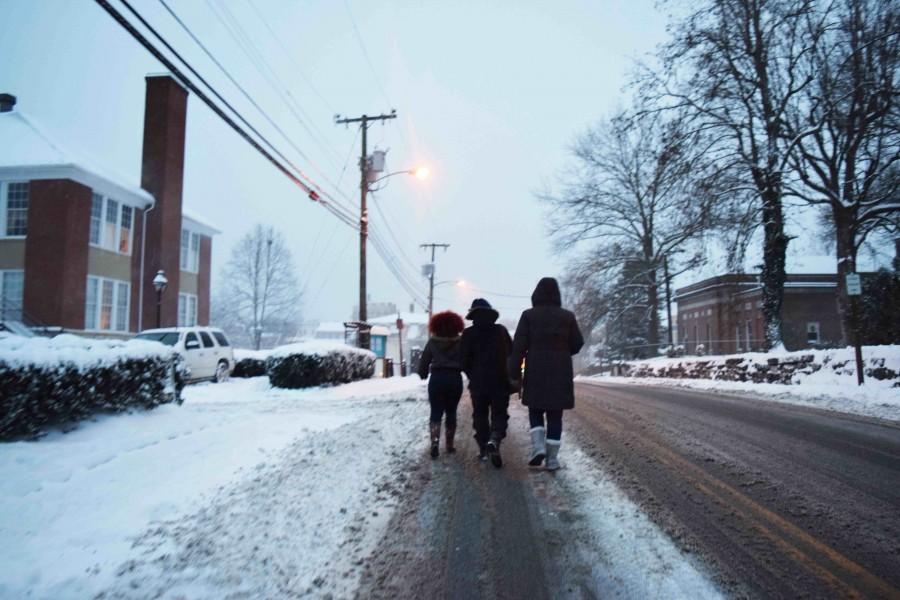Turning off the Winter Blues: How to handle SAD
March 7, 2016
At Washington and Lee University, fall term for freshmen was fresh, fun and full of fascination. The lush August leaves magically changed colors to match the rich red bricks of campus. An aura of honor to be a part of one of the top universities in the country permeated throughout campus, and it felt like we could become anyone we wanted to be.
As the bold red leaves shriveled to a November brown, incoming winter clouds added a hue of gray to the bricks on the colonnade. The aura of honor dissolved into a murky burden of endless homework, extracurricular obligations and social expectations. The feeling of newness and inspiration was gone.
“Seasonal depression is real,” said Melinda Kauffman, ’19. “It’s easy to slip into, and it’s hard to be conscious of the fact you have seasonal depression because it happens so quickly.”
Washington and Lee needs to be more proactive about preventing the onset of seasonal affective disorder, SAD. The university should raise awareness and proactivity toward the disorder because its prevalence is undeniable. Richard A. Friedman, M.D., of The New York Times said, “As daylight wanes, millions begin to feel depressed, sluggish and socially withdrawn.”
As the colder weather set in, many Washington and Lee students admitted Netflix and napping became much more appealing than making new friends or exercising. It’s tempting to slip into a vicious cycle of indulging in self-pity, wasting time, losing motivation to make up lost time, and drowning in guilt.
Fortunately, research offers several ways to buffer SAD symptoms. Phototherapy is an option, entraining one’s circadian rhythm (the dictator of the sleep cycle) with bright lights. Light during the right time of day is proven to suppress melatonin secretion, lessening the feeling of drowsiness and encouraging alertness and motivation.
According to the Stall Street Journal, there are seven special desk lamps and two floor lamps in the Leyburn Library placed to improve SAD. Students should take advantage of these fixtures, but the university should install more of these lamps so more of the student body can benefit. Also, the counseling center generously offers free vent sessions to those in need of a pick-me-up.
Professors can also open blinds in classrooms, allowing healthy sunlight to replenish students’ calcium deficiency. Washington and Lee can use some of its wealth to add lighting in every building since some classrooms are very dimly lit.
While there are quick fixes for SAD, the more permanent cure lies within the student.
It is true the odds are against us—walking back from the library alone in the middle of a windy January night will make any student doubt their career path. However, we are the students of Washington and Lee University. We work hard and play hard—we are survivors, and we endure.
Joy is a choice. It may be easier to succumb to the winter blues when Adele’s “rain is falling in your face/And the whole world is on your case,” but since when do W&L students take the easy way out? Together, we can mindfully choose our thoughts, acknowledging negativity, yet steering our brains in a sunnier direction.
The next time a SAD thought enters your mind, take action. Ask a friend to coffee, go for a walk, or write the next American novel–anything to re-train your brain.
Fight seasonal depression with me. Let’s take a stand against the weather together. Don’t let the winter blues dominate you.



